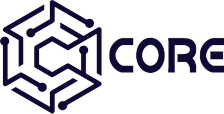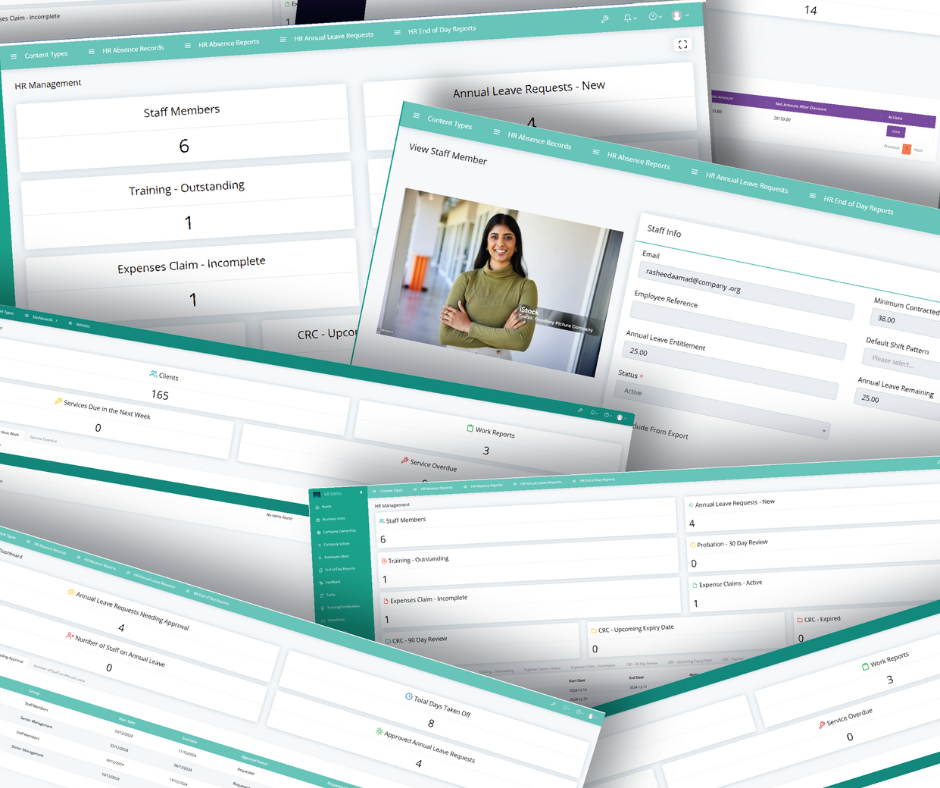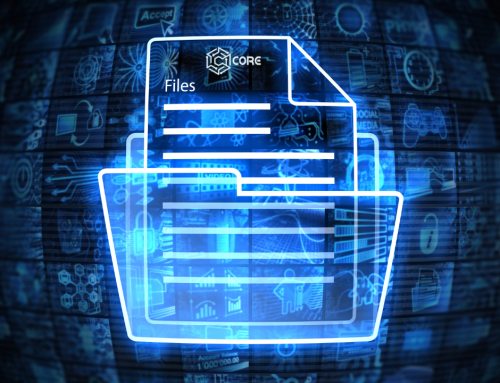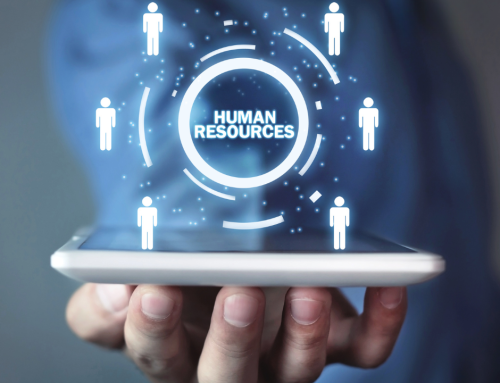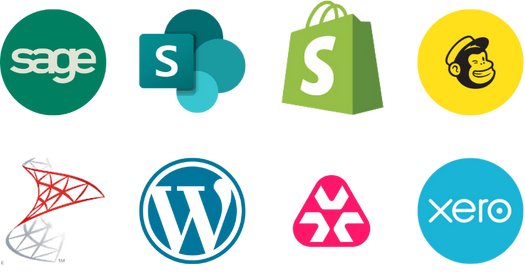In today’s fast-paced business world, staying ahead of the competition means being efficient, data-driven, and highly responsive to your workforce’s needs. A Human Resources (HR) system is a vital tool that enables organisations to streamline HR operations, enhance employee engagement, and boost productivity. Whether you’re managing a small startup or a large enterprise, integrating an HR system can have a profound impact on talent acquisition, retention, and overall organisational growth.
The benefits of having a HR system
Implementing a HR system provides a centralised database that improves organisation and communication across various departments. Some of the biggest advantages of using a HR System include:
Centralised Data & Accessibility
All employee records, policies, payroll information, and performance data are stored in one secure online platform—accessible anytime, anywhere. This eliminates paper-based processes and dispersed spreadsheets, ensuring that managers and HR teams can find the information they need in seconds.
Automated Workflows & Time Savings
Routine tasks—such as onboarding checklists, leave requests, time tracking, and benefits enrolment—are automated. This reduces manual data entry, minimises errors, and frees up HR and management to focus on strategic initiatives rather than administrative busywork.
Employee Self-Service & Engagement
Employees can view payslips, update personal details, submit leave requests, and access company policies directly through a user-friendly portal or mobile app. Empowering staff with self-service tools boosts engagement, satisfaction, and accountability.
Advanced Analytics & Compliance
Built-in reporting and dashboards provide real-time insights into turnover rates, headcount trends, training metrics, and more—helping you make data-driven decisions. Meanwhile, automated document management and audit trails keep you compliant with labour laws and data-protection regulations.
Potential Challenges of HR Systems
While HR systems offer numerous benefits, they also come with some challenges:
Data Security & Privacy Concerns
Storing sensitive employee information in the cloud can raise worries about unauthorised access, data breaches, and compliance with regulations like GDPR or HIPAA. Ensuring robust encryption, regular security audits, and strict access controls is essential—but can be complex and resource-intensive.
Integration & Migration Hurdles
Migrating legacy HR data (spreadsheets, paper records, outdated systems) into a new online platform often involves time-consuming data cleansing, mapping, and API integrations with payroll, finance, or other business applications. Poorly managed migrations can lead to data inaccuracies and process disruptions.
User Adoption & Change Management
Employees and managers accustomed to manual or disparate processes may resist shifting to a centralised digital system. Without clear communication, training programs, and executive buy-in, adoption rates can lag, undercutting the system’s ROI and leaving potential efficiencies unrealised.
How a HR System can drive business growth
Accelerated Talent Acquisition
By automating job postings, candidate screening, and interview scheduling, an HR system shortens time‑to‑hire and helps secure top talent before competitors.
Improved Employee Retention
Integrated performance management, career‑pathing tools, and engagement surveys identify and address retention risks, reducing costly turnover and preserving institutional knowledge.
Data‑Driven Workforce Planning
Real‑time analytics on headcount, skills gaps, and labour costs enable proactive staffing and budget decisions that align HR capacity with strategic business objectives.
Enhanced Productivity & Scalability
Automated onboarding, time tracking, and benefits administration free managers and employees from manual tasks—boosting productivity and allowing the organisation to scale efficiently.
Keeping your HR System up to date
Schedule Regular Software Updates
Ensure you apply patches and version upgrades promptly to benefit from the latest features, security enhancements, and bug fixes provided by your HR system vendor.
Conduct Periodic Data Audits
Review and cleanse employee records, organisational structures, and permissions on a quarterly basis to eliminate duplicates, correct inaccuracies, and maintain data integrity.
Incorporate User Feedback Loops
Solicit input from HR teams, managers, and employees after major releases or quarterly. Use their feedback to fine-tune workflows, update training materials, and prioritise future enhancements.
Align with Regulatory & Policy Changes
Stay informed about labour-law updates, benefits regulations, and data-privacy requirements. Update your system’s compliance settings, document templates, and audit trails as rules evolve.
Conclusion
An HR system is not just a software tool—it’s a strategic asset that helps organisations nurture stronger employee relationships, streamline HR processes, and drive organisational growth. While implementation can present challenges, the long-term gains far outweigh the initial hurdles. By keeping accurate, up-to-date personnel records and leveraging your HR platform’s full suite of tools—from talent acquisition to performance management—your organisation can stay ahead of workforce trends and deliver outstanding employee experiences.
Are you considering implementing a HR system? If so, which features do you think would benefit your business the most? Let’s chat! Learn more about our HR System Powered By CORE Software and to book your FREE 7 Day Trial of our Software Contact Us!
